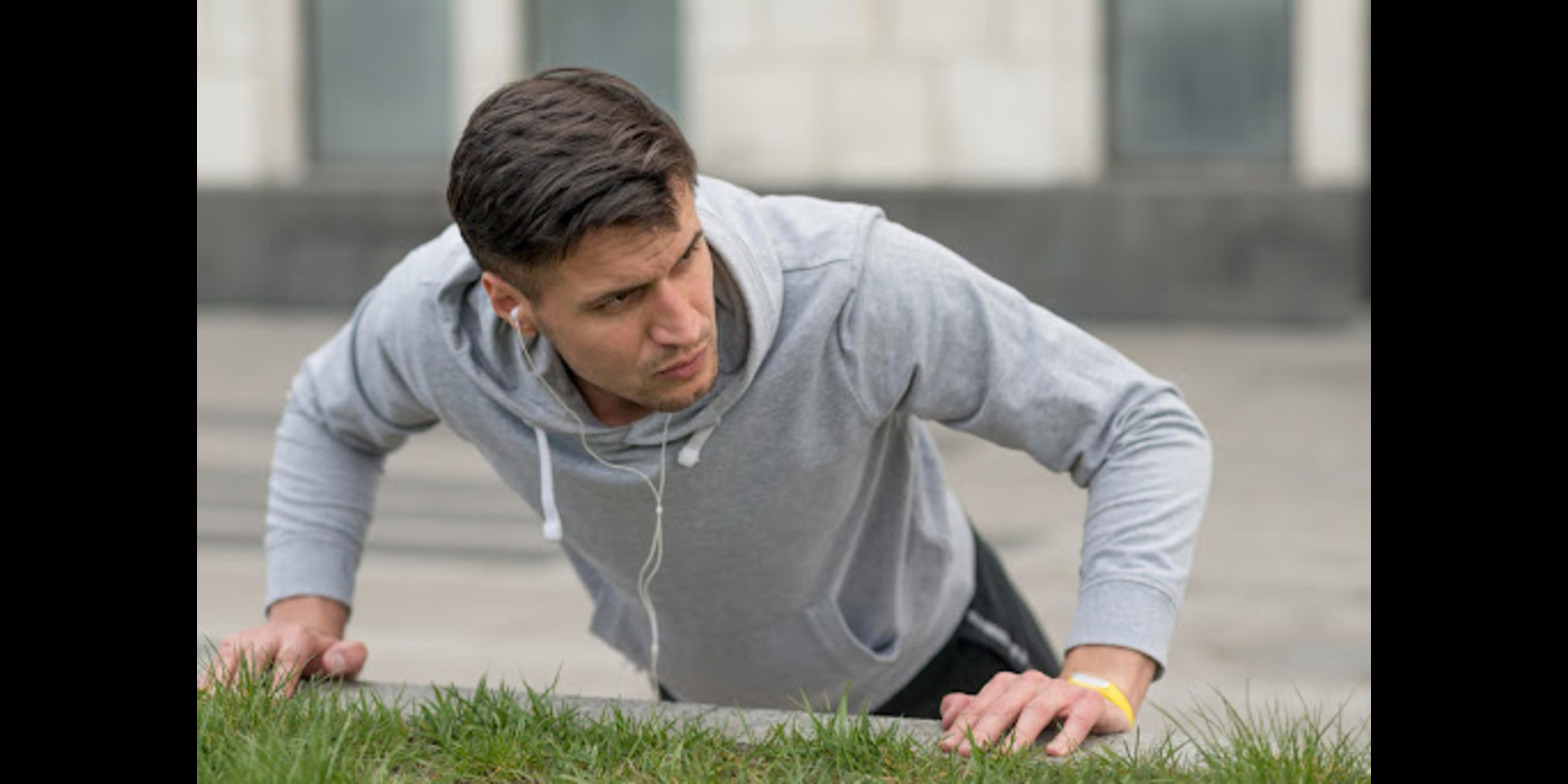Balancing Stress and Wellness: A New Approach to City Fitness
Life in a city is associated with unlimited opportunities, yet it is accompanied by a decent portion of challenges. It is easy to get overwhelmed with stress without even knowing it when it comes to the scramble of the daily commute, unhealthy working hours, and persistent noise and traffic. This kind of lifestyle is usually causing individuals to decide between productivity and health so that they have less time to pay attention to their physical and mental health. Nevertheless, there is an emerging trend of a new form of fitness practice in the world cities that do not merely intend to enhance physical fitness but also offer respite after the stressful day and general well-being. Stress and wellness as a balance is no longer luxurious- it has become a requirement to live in the city.
The Hidden Toll of City Stress
The urban centers of the modern world are the forces of development and creativity, and at the same time, they pressurize people to the point of overwhelming them. Stress has become an unavoidable and constant companion of many people whether it is competitive workplaces, increased living expenses, or endless digital notifications. As much as a certain level of stress is a motivating factor, chronic stress is disastrous to the physical as well as mental wellbeing.
Being subjected to constant stress might cause fatigue, irritability, depressed immunity and chronic ailments such as high blood pressure or stress related disorders. These problems are mostly suppressed by the city population who believe that it is just a normal life in the city. Regrettably, such an attitude contributes to the issue even more. People can only find themselves in a trap of diminished productivity, poor relations and wellness as a far off dream when they do not recognize early symptoms of burnout.
The truth of the matter is that when the stress is not dealt with in the right way, it affects all other facets of life. This is the reason why cities are now moving towards wellness-oriented fitness programs, where fitness is coupled with stress management strategies.
Fitness Beyond the Physical
The development of muscles, reduction of weight, or physical strength have been the main descriptions of the term of fitness over the decades. Gyms turned into a popular option of people in the city who wanted to be active. Nonetheless, the emotional and psychological burden of urban stress was hardly covered by this one-dimensional method.
The meaning of fitness has been broadened today. It does not only serve to sweat the calories away but is now associated with coming into some form of balance between the body and mind. Activities such as yoga, Pilates, tai chi and mindfulness-based exercises are becoming popular due to integration of both physical exercise with relaxation methods. These methods are focused on controlled breathing, body awareness and posture that has a direct effect on lowering stress levels.
The change in the direction of holistic fitness is not simply a fashion-it is a real necessity of the sustainable methods of coping with the city life. Individuals desire workout programs that will render them feel relaxed, sharper and tougher, but not merely stronger. This development has led to an opening up to a more considered and a more integrated approach to wellness.
The Role of Mindful Workouts
The core of this new philosophy of fitness is mindful workouts. As opposed to vigorous exercises, that expose the body to the brink of exhaustion, mindful exercises aim at calming down and reuniting with the inner self. The practices empower the participants to look into what they are breathing, what they are doing with their body and forget the stress of day-to-day living.
An example is yoga that includes meditation and breath control and Pilates that includes precision, posture and core stability. The two activities do not only need exercise but a mental reset. This is the process of focusing on controlled movement that will calm the mind and hence easier to release tension.
This is advantageous to urban dwellers whose minds are always overbranded. Meditative exercises provide a much-needed rest in the day, which does not only give a firmer body but a more relaxed and sturdy mind.
Why Pilates Stands Out
Pilates is one of the many mindfulness fitness exercises that has experienced impressive expansion in cities. Pilates is core strength, stability and flexibility oriented which initially was created to help rehabilitate and strengthen the body. What is special is that it puts more emphasis on slow, conscious moves as opposed to rapid or repetitive ones.
Pilates classes aid in the betterment of postures, alleviating of back pains and increasing body awareness, which is especially useful to those who spend many hours sitting at the desk. On other than physical gains, Pilates contributes to mental clarity because it requires one to be focused and to concentrate. It has been referred to by many practitioners as a type of moving meditation, and with each session they feel refreshed and relaxed.
For busy city dwellers, this blend of physical strength and mental calmness is transformative. Instead of exhausting themselves with intense workouts, people find Pilates a sustainable and restorative practice that fits well into their demanding lifestyles. In fact, those searching for a pilates studio new york often discover it as a refreshing escape from the chaos of the city, where they can recharge both their body and mind.
Integrating Wellness into City Life
While fitness classes and mindful workouts are effective, the real challenge is consistency. For many city residents, the main obstacle is not willingness but time. Tight schedules and unpredictable commitments make it hard to attend regular classes or stick to wellness routines.
The key lies in integrating wellness into daily city life. This can be achieved in small yet meaningful ways:
- Taking short breaks at work to stretch and breathe deeply.
- Replace evening screen time with a calming fitness session.
- Choosing walking or cycling over short commutes by car.
- Practicing quick mindfulness exercises during coffee breaks.
When wellness becomes part of everyday living rather than an occasional activity, it creates lasting impact. Small habits, when practiced consistently, build resilience and help people manage stress more effectively.
The Future of Urban Fitness
The future of city fitness is not the expansion of gyms and machines; it is the expansion of smart and wellness-based methods. With the increase in the knowledge of mental health, fitness centers are starting to add mindfulness programs, guided relaxation, and restorative sessions. It is also getting technological, where apps include guided meditation, online Pilates classes, and stress-trackers.
The most promising is the cultural change. The phrases that people are discussing now are balance, rather than extremes; sustainability, rather than burnout. Fitness is no longer an isolated practice, but it is turning into a life time practice that promotes general well-being. The cities that were once the representation of unending hustle are being transformed into the citadens of holistic health innovation.
Conclusion
Stress and wellness have become more of a balancing act and not a choice in the city, as it is needed to stay healthy and alive. The ancient concept of fitness as just physical is no longer useful to the demands of contemporary urbanites. Rather, such concepts as Pilates, yoga, and mindfulness are redefining fitness as one that involves both the body and the mind.
With the adoption of such a new strategy, city inhabitants will be able to make fitness a potent stress relief mechanism, resilience, and general wellness. The second instance when stress is too much is to take a mindful workout, where taking a step out of the house might be the most appropriate thing to do. After all, it is not that city life is not about working harder but rather about the healthier, calmer and more balanced living.







